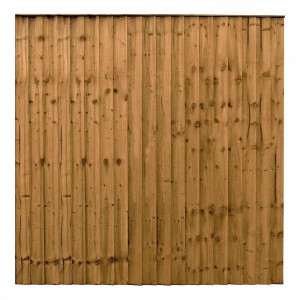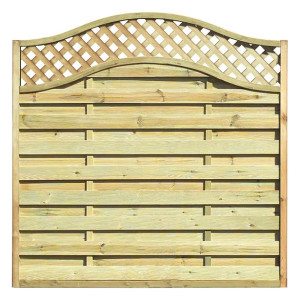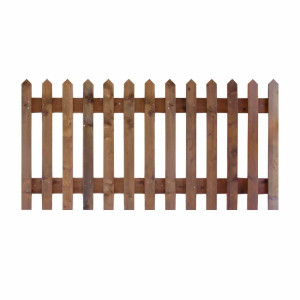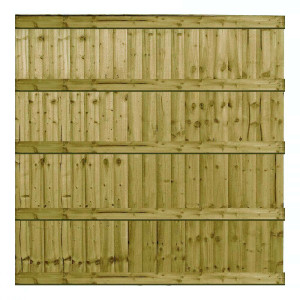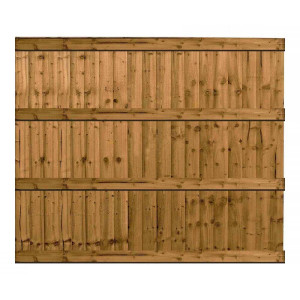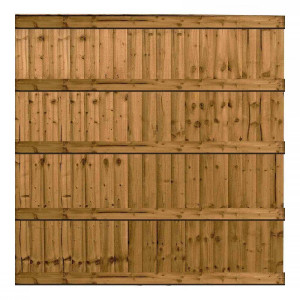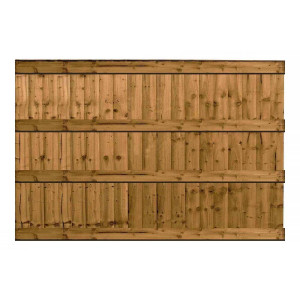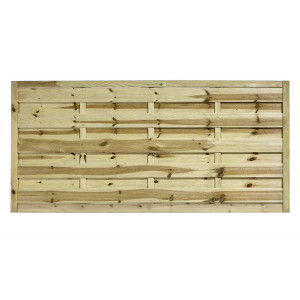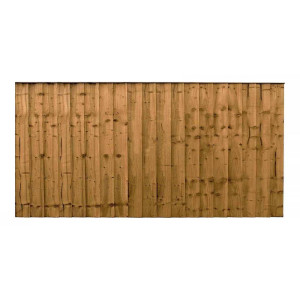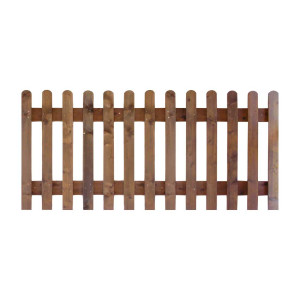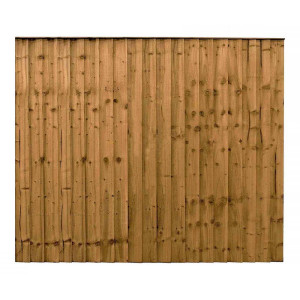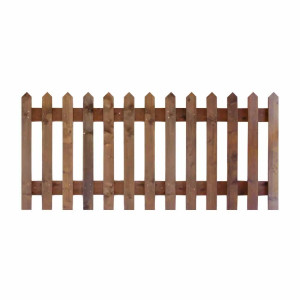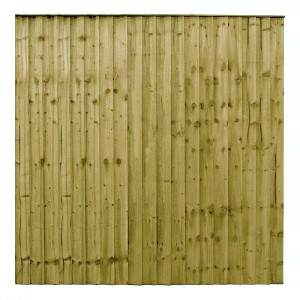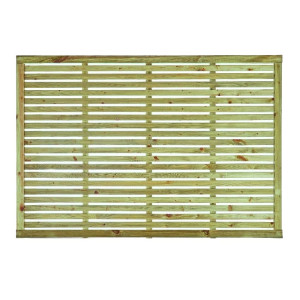Fence Panels
Discover our premium range of fence panels, designed to meet all of your fencing needs. At the heart of our range are high-quality, pressure-treated options that promise durability and longevity, ensuring your garden or outdoor space is beautifully bordered and secured year after year.
Our collection includes the robust closeboard fence panels, perfect for those seeking privacy and security. For a classic look that adds charm to any garden, our picket fencing is an ideal choice.For those looking to add a touch of elegance, our decorative fencing come in a variety of styles to enhance the aesthetic appeal of your outdoor area.
Choose from our selection to find the perfect garden fence panels to complement your space with our fencing solutions.

